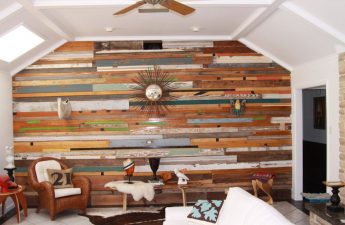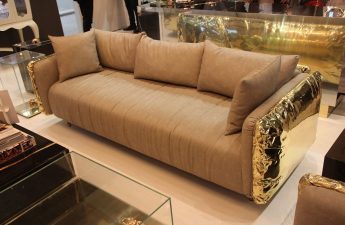You plan to do repairs and hire to helpdesigner? Worried about the process of creating your dream interior? Today we will tell you what it is necessary to tell the designer before the start of the project so that the result will please you. Often the customer and the designer find a common language, but sometimes the search for compromise ends badly, and this mainly affects the interior. It is important to catch internal compatibility, to hear and understand each other. How to achieve a positive result?
1. As in Confession
If you want to get comfortable and harmoniousinterior, you have to tell the designer almost everything about yourself. Honesty and trust are the main ingredients for a successful project. Our opinion: - A designer needs to know your habits and hobbies. What is your priority? How are your family relationships built? How many children do you have, do you like to sleep before lunch, do you prefer to have dinner at home or in a restaurant, and the like. This is especially important if you do not have clear ideas and wishes for creating an interior. So the specialist will be able to find a middle ground for all family members. Vadim Materosyants, interior designer: - My ideal formula for working with customers is based on trust, then the result is perfect. 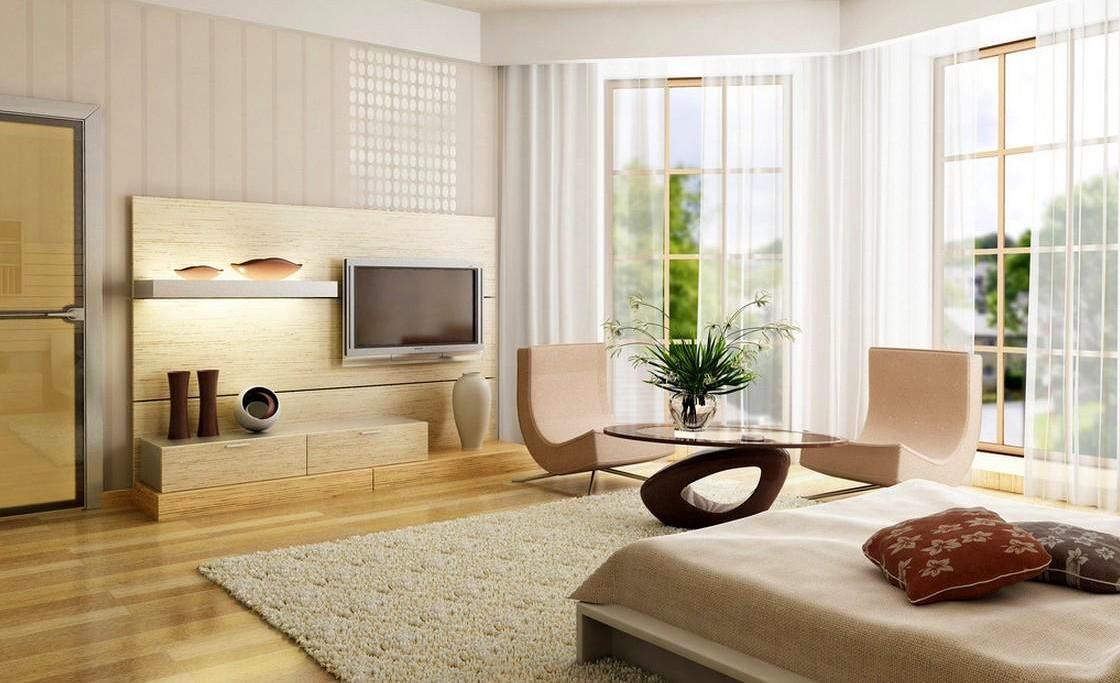
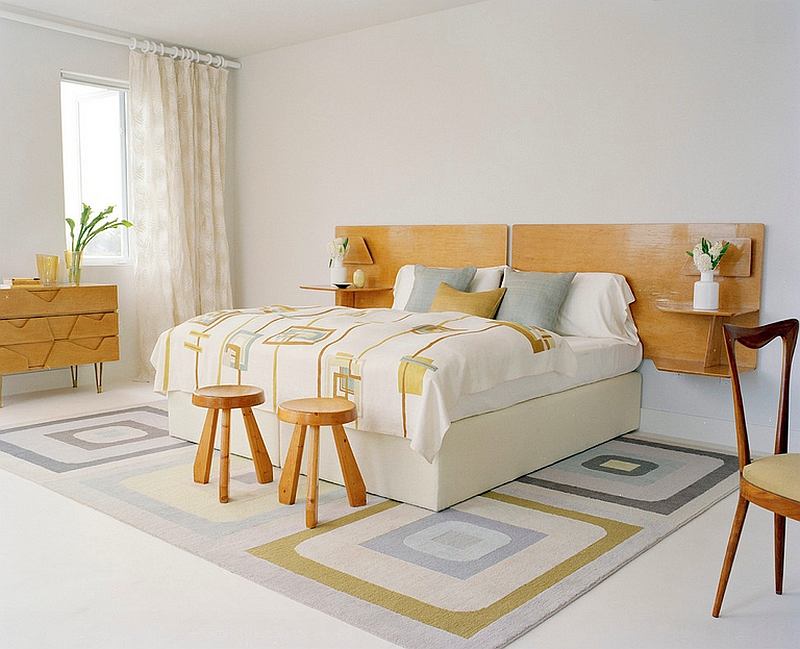
2. Selecting the type of space
To predict the development of the interior for the nextyears, the designer needs to know what type of space to choose for all family members, even the smallest. Are there any more children planned in the near future? Do you like getting together, cooking dinner and socializing, or does everyone prefer privacy? The type of space depends on the relationship in the family. Alexey Ilyin, interior designer: - First you need to collect as much information as possible. This, of course, is all the plans and drawings that you have, all your wishes, information about the proposed changes (which may happen over time), all your sketches, magazines with pledged photos, if any. Perhaps you will define some kind of "motto" for your interior. For example, “modernity, light and space”, or “the interior of an English gentleman”, or “sunny provence”, or “safe haven”. 

3. Profession, temperament and way of life
Don't worry if the designer willask detailed questions about your profession and your hobbies. You are an extrovert or an introvert, choleric or melancholic. All this greatly influences the choice of the interior, including the temperament. For example, most often phlegmatic officials prefer a solid heavyweight classical style. And choleric people love the interior of the baroque. Sanguine people will stop at modern or high-tech style. The romantic style is more suitable for an artistic melancholic nature. Therefore, the designer needs to know such data about you. Alexey Ilyin, interior designer: - The most important thing is to establish partnerships, trusting relationships with the designer, because from now on you are companions in solving the most difficult task of creating an interior, where you will “taste the delights of a happy life”. 
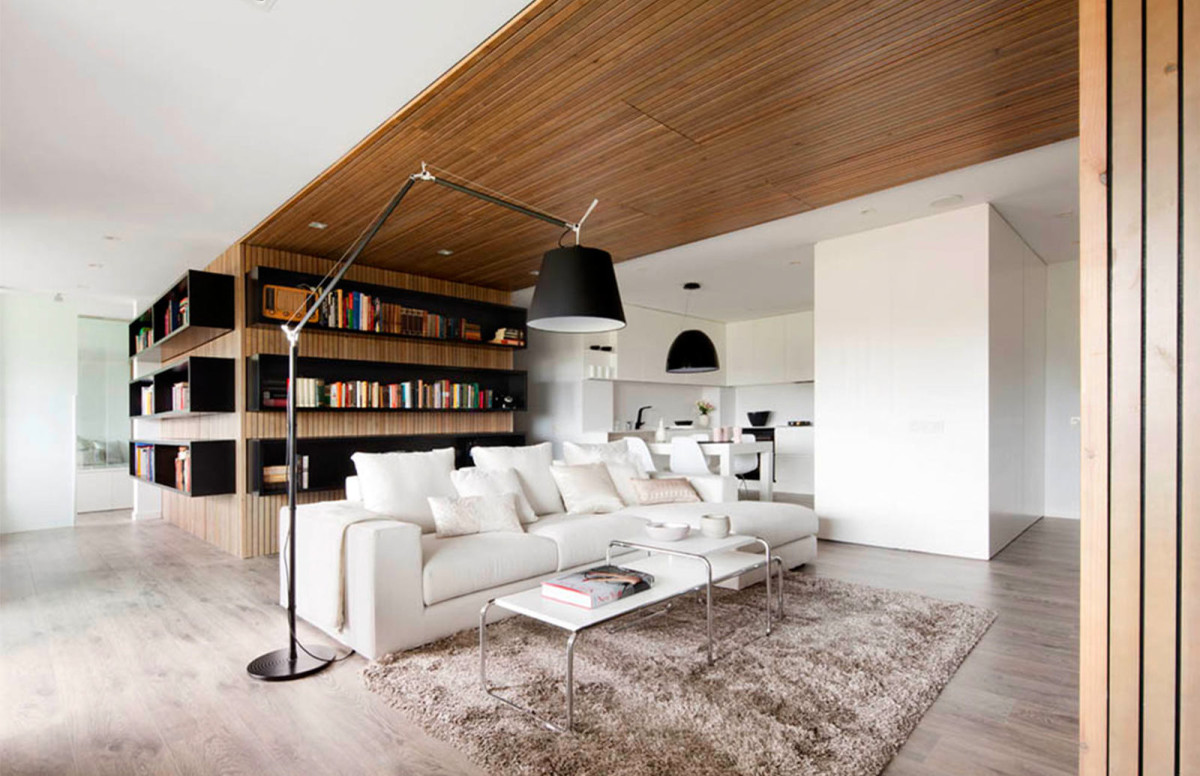
4. Color and Style
After you get to know each other better, you shouldtell the designer about your stylistic and color preferences. They are closely related. For each style in the interior, certain dominant colors and shades are characteristic. With the right combination in the interior, this will have a positive effect on the health and mood of all household members, as well as guests. It is known that different combinations can cause both positive and negative emotions. Children and women are especially sensitive to color perception. 
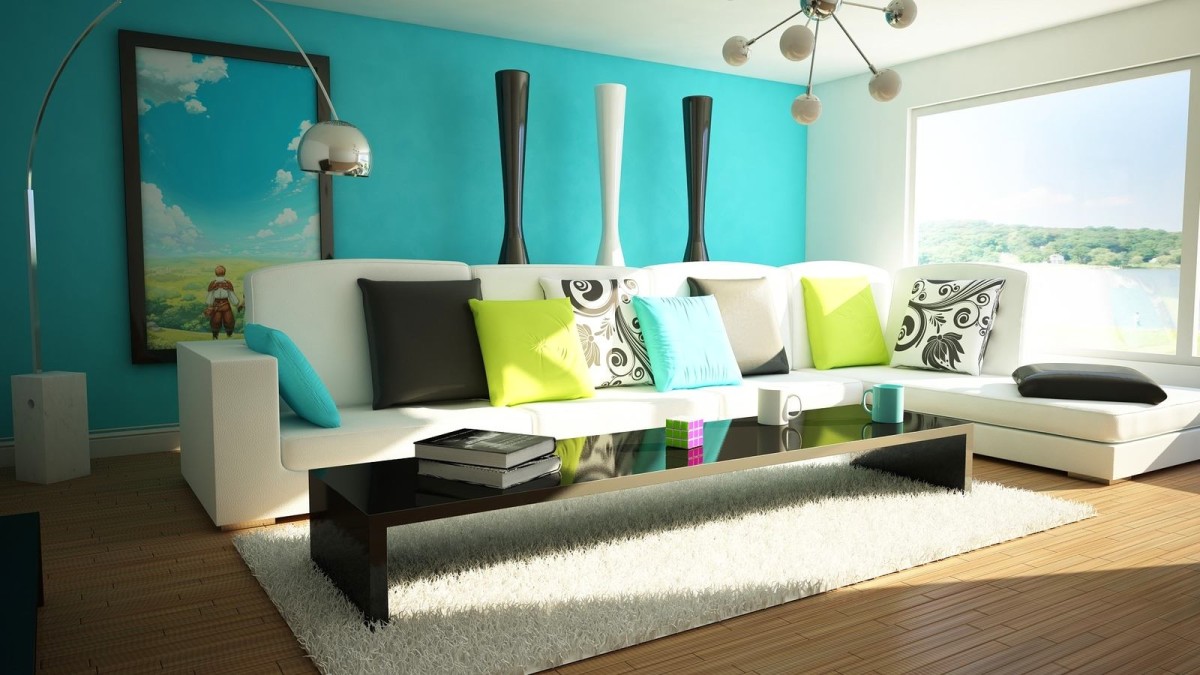
5. Purpose and purpose of space
It is important to know the purpose and purpose of the space.Do you want to create a relaxing, light indoor atmosphere or a tonic effect? In the office, it is better to create an environment that increases efficiency. It is more comfortable to be in the living room when it sets you up for pleasant communication. The children's room is generally a special area. The more clearly you define your wishes, the easier it is for the designer to find the final positive result. 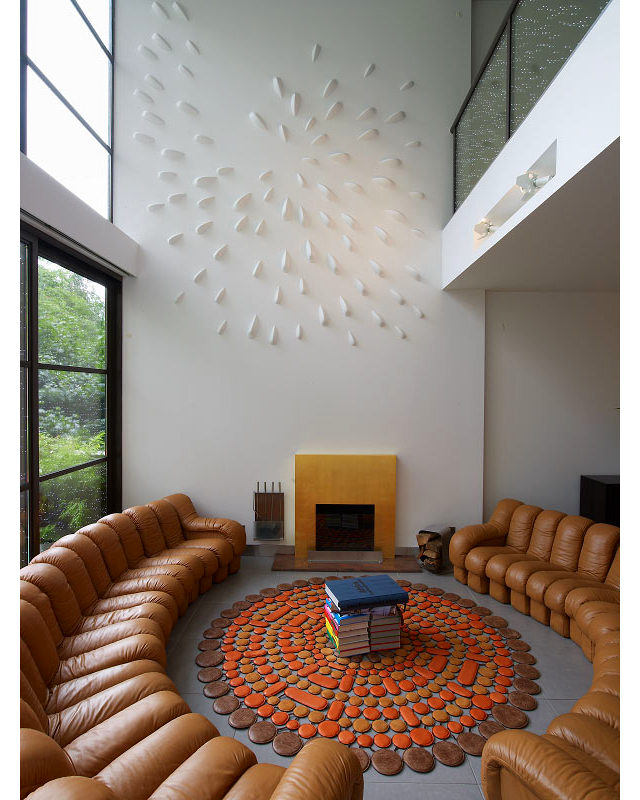
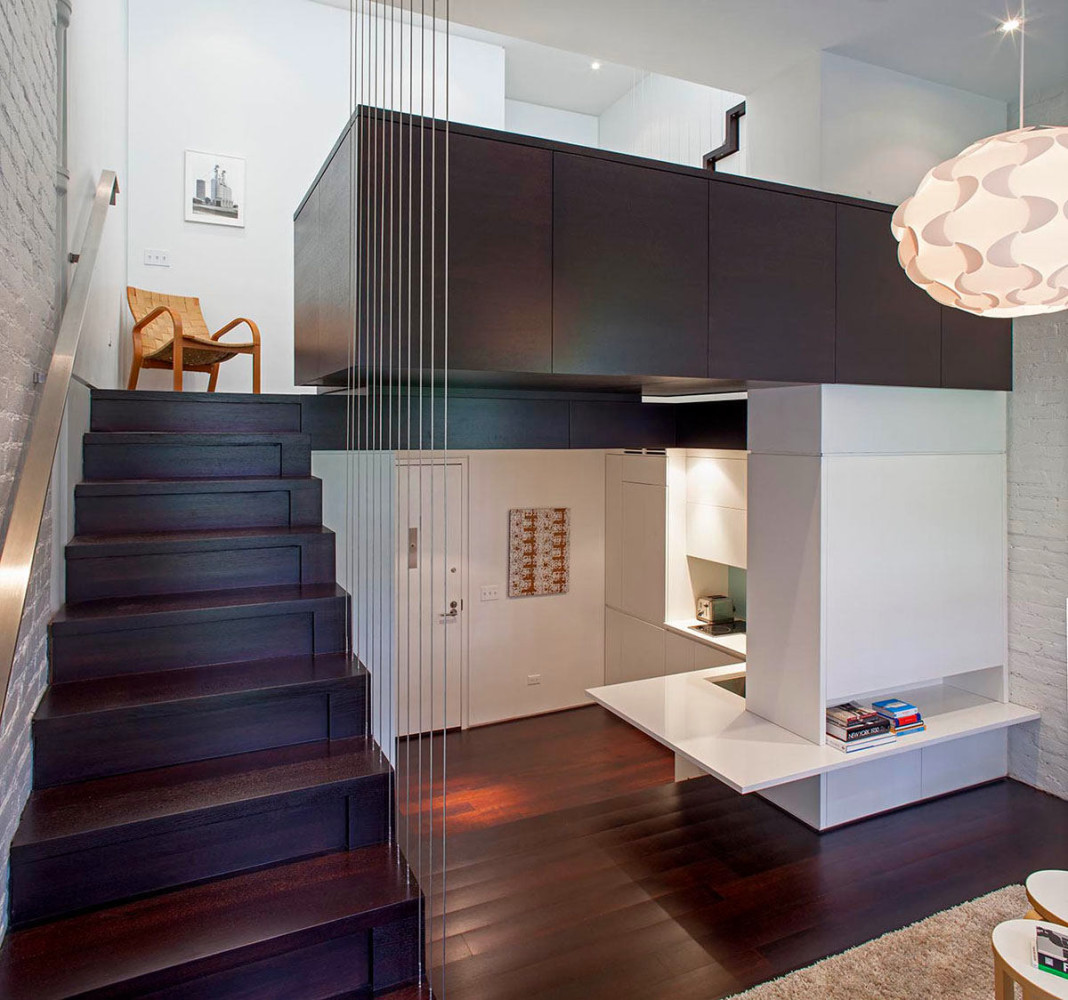
6. Visual Effects
Before the designer starts working on yourproject, tell him what effect you want to see. Do you want the room to look airy, light, or vice versa, more subdued? Do you need to visually "push apart" the walls and "raise" the ceiling? Do not forget to indicate this immediately. Our opinion: - An important component at the initial stage is the correct purpose of lighting in the space: which part should be highlighted and which should be darkened. 

7. What annoys you
Perhaps it is also worth noting that youcan be annoying: color, shape, texture. These can be objects that are associated with any unpleasant situations in life. Perhaps you don't like, for example, a vintage chandelier, because it reminds you of a difficult relationship with your mother-in-law or mother-in-law. Alexey Ilyin, interior designer: - You should be extremely frank, because your interior is a small, almost autonomous world, your “fortress house”. If something may bother you, something is unacceptable to you, be sure to discuss all this with the designer before starting the design. Maybe there are some wishes in the field of interior design that seem unrealizable to you, stipulate this, perhaps the designer will be able to make your dream come true. 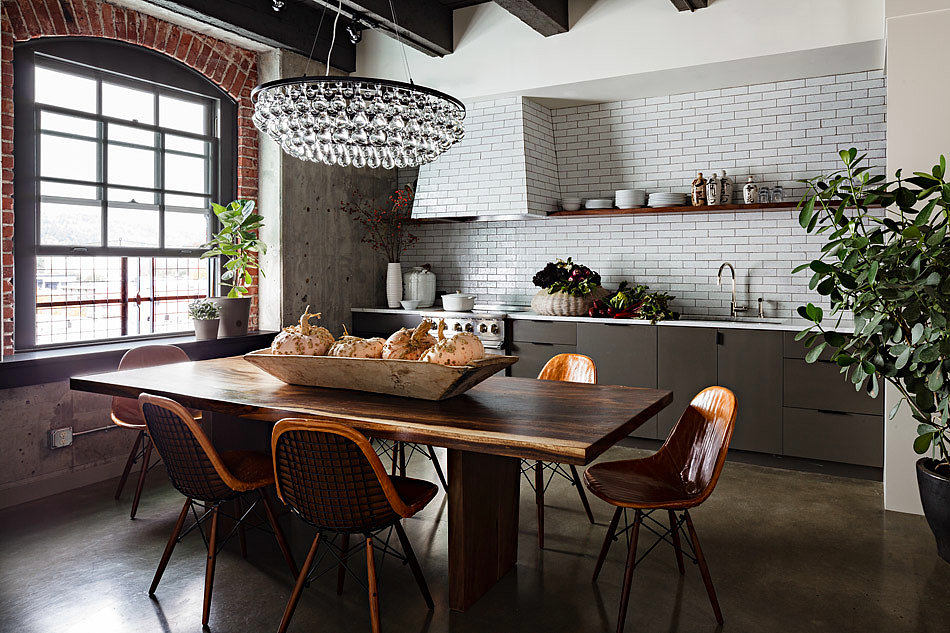
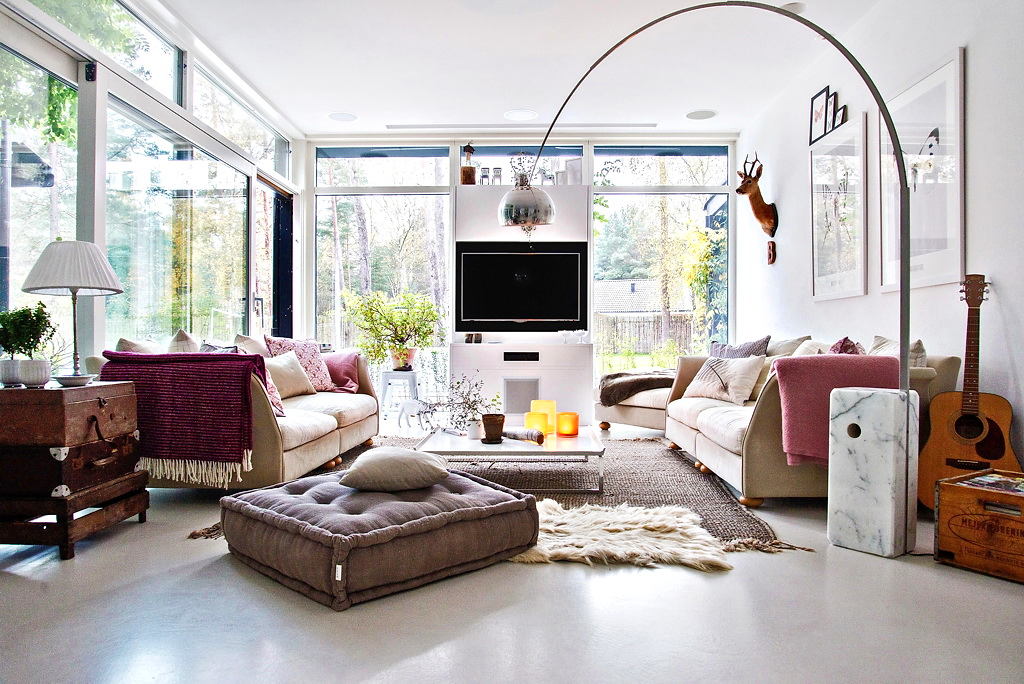
8. The budget framework
It is also worth discussing the financial side right away.project. Most often, it is determined at the stage of discussing the stylistic solution of the interior. After all, each style has its own budget. Vadim Materosyants, interior designer: - The budget is set when discussing style. One way or another, each style determines its own budget. Accordingly, the amounts required to complete the project are announced.
9. Discussion of textures and materials
One of the important stages in creating an interior is materials and textures. But they should be discussed after the sketches. 
10. I do not want to part!
It happens that from some items you do notI want to get rid of. Take this moment. Old things are restored, the upholstery is updated. Although it all depends on the style in which you will decorate the interior, you may not even have to change anything. Now there are many options how to fit the old into the new interior. 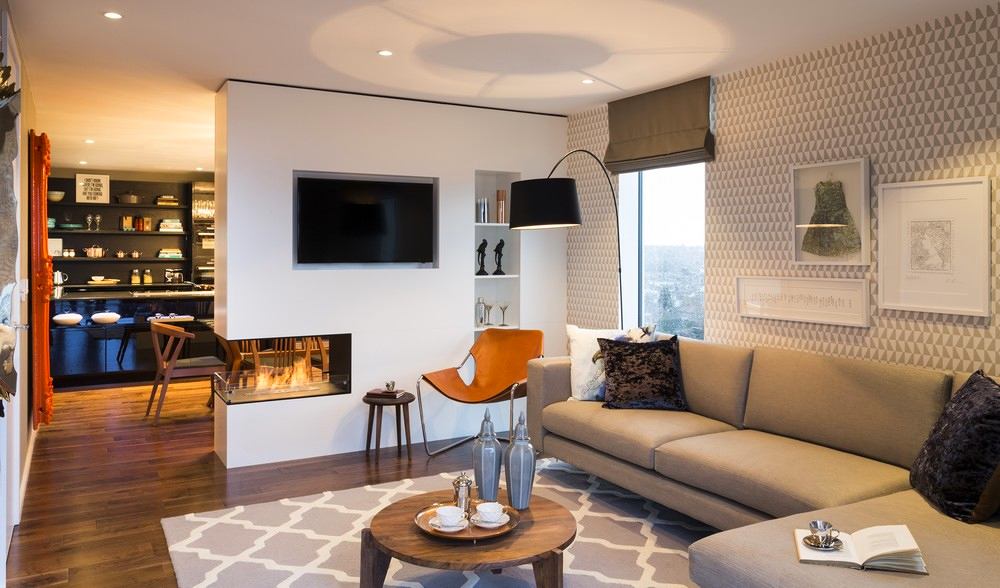
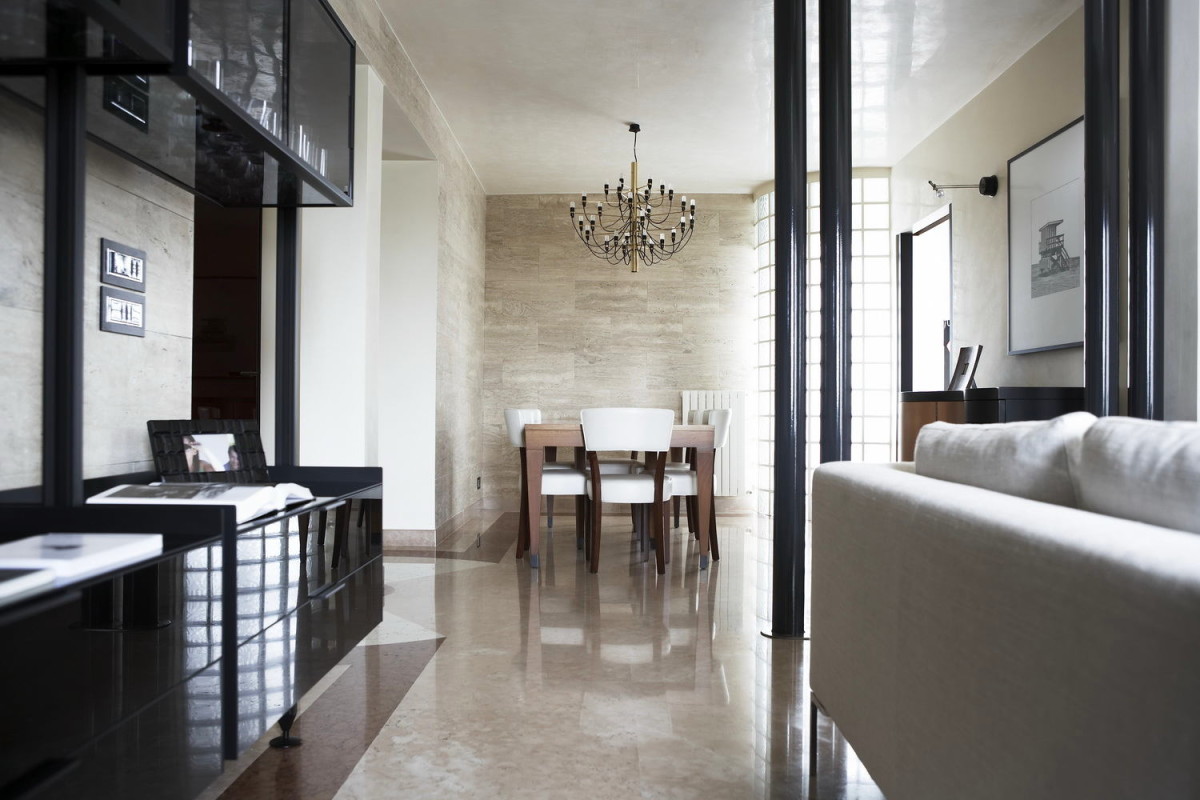 decoist.com, bemz.typepad.com, innerspaceinteriordesign.blogspot.com, tyrifryd.com
decoist.com, bemz.typepad.com, innerspaceinteriordesign.blogspot.com, tyrifryd.com
